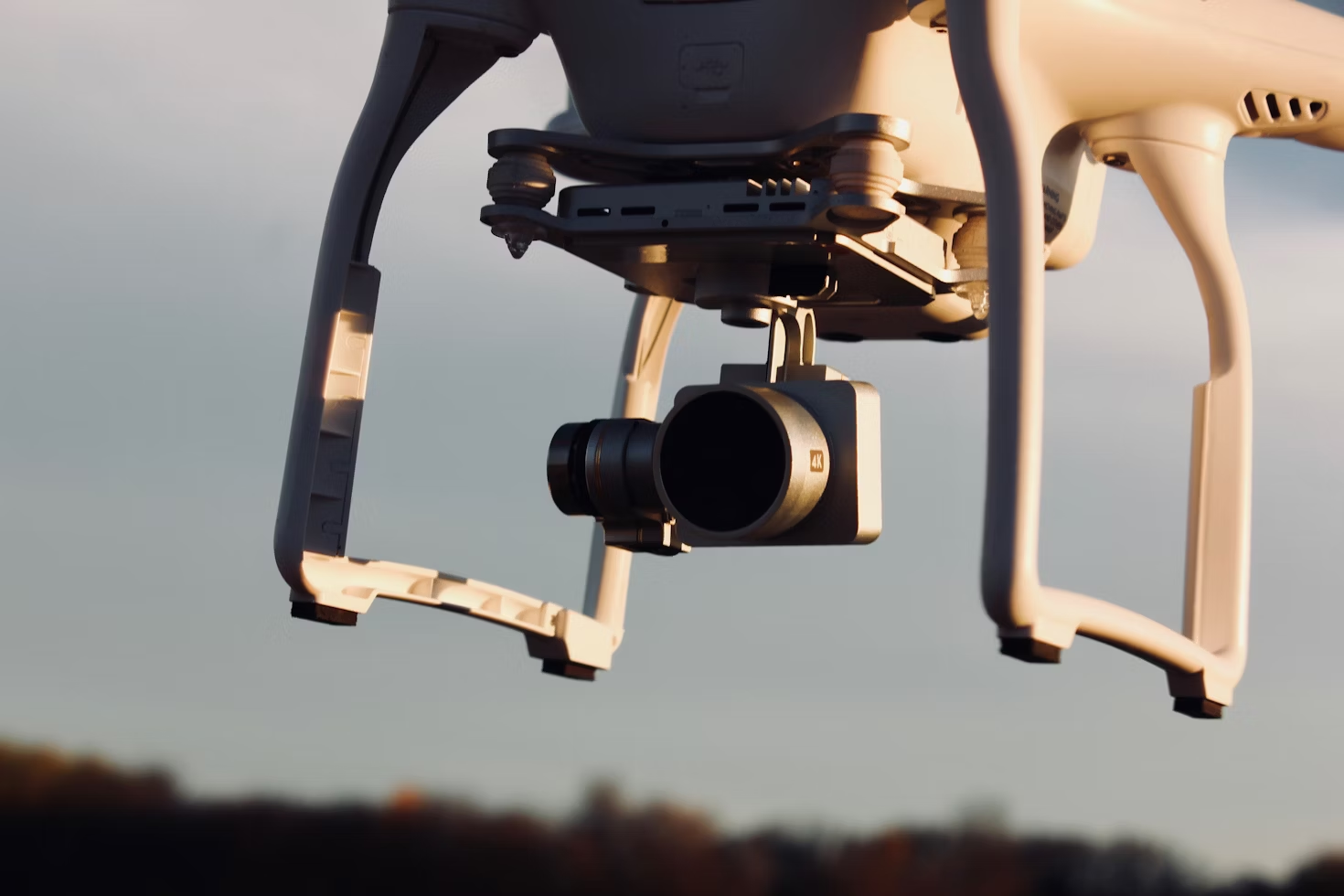Unmanned Aerial Vehicles (UAVs), or drones, have become indispensable tools across various industries. WHile their roles in media production and agricultural industries are well established, UAV adoption within public safety services is growing at an impressive pace. This raises the question: how exactly are drones enhancing public safety efforts?
This article examines both current applications and future trends in UAV technology for public safety.
Top Uses of UAVs in Public Safety Services
Public safety services are broadly defined as activities whose primary purpose is to protect the safety of life, health or property. This service category encompasses law enforcement agencies, fire departments,emergency medical services, disaster response teams, coast guards, etc.
Several applications of UAVs within the public safety sector, have proven helpful to enhancing operational efficiency and effectiveness, including the following:
Real-Time Emergency Response Assessments
Drones provide rapid, unparalleled aerial vantage points during emergencies such as traffic accidents, fires, and natural disasters. Public safety personnel deploy UAVs to assess conditions, identify safe entry points, and map out the environment for first responders.
This aerial advantage empowers personnel to make faster, more informed decisions. Without UAV support, emergency responders often approach dangerous scenarios with significantly less information, increasing operational risks. Remove the drone from the equation, and it’s almost like the public safety teams are going in blind!
Enhanced Search & Rescue Services
Similarly, the aerial views from drones are perfect for search and rescue operations. Combined with infrared technology, UAVs help public safety teams to locate missing, stranded, endangered persons and/or populations, far more efficiently than traditional methods.
One notable case reported by CBS News involved a rescue team in Malibu, California that used an infrared-equipped drone to locate an elderly man with dementia who had gone missing. Coast guards similarly rely on UAVs to detect individuals lost at sea, significantly improving mission success rates.
Drones as First Responders
So far we’ve explored how UAVs are used to aid first responders, but there is a growing trend of drones as direct first responders. In Seattle, Washington a local police department deploys UAVs to emergency incidents within 90 seconds, significantly reducing assessment times.
Drones frequently arrive at scenes before human teams, delivering real-time intelligence that better prepares first responders. Some fire departments are also experimenting with drones, equipping them with water or fire-suppressant materials to initiate fire control efforts prior to the arrival of pumper trucks.
The potential for UAVs to transform first response protocols continues to evolve as UAV technology matures.
Support For Law Enforcement Agencies
Beyond first response, drones provide important operational support to law enforcement in surveillance, crowd monitoring, and tactical missions. UAVs offer real-time aerial intelligence that enhances situational awareness in high-risk scenarios.
For example, in a hostage situation, drones can scan building structures to locate both suspects and hostages. Law enforcement can then leverage this information and use it to plan a safe rescue operation or position snipers on opposing buildings to provide takedowns, minimizing risks to personnel and civilians alike.
Future Uses of UAVs in Public Safety Services
Looking ahead, several technological advancements suggest that UAVs will play an even greater role in public safety operations:
Advanced First Responder Capabilities
As drone technology evolves, UAVs may soon be equipped with tools that can help pull rubble from a wreckage, oxygen delivery systems, or other life-saving supplies. We’re already seeing evidence of military drones carrying heavy payloads and providing supply drops or aerial support during missions, and predict more public safety agencies will adopt similar innovations for emergency response missions.
Drones on Patrol
Given the current success of UAVs in event surveillance, it is plausible that law enforcement agencies may soon deploy drones for routine patrols. Instead of relying solely on officers on foot, or in vehicles, aerial drones could monitor public areas, detect suspicious activity and alert ground units as needed.
Widespread drone patrols, however, will likely hinge upon constantly evolving regulatory frameworks, particularly in regard to airspace management and privacy protections.
Improved Sensor Technologies
Technological innovations in sensor equipment will further expand drone search and rescue capabilities. In addition to current infrared and LiDAR technology, next-gen drones are likely to have some incredible advancements. One enhancement could be the ability to develop real-time 3D models of disaster zones or hazardous environments. These models would dramatically enhance emergency planning, disaster mitigation strategies, and response operations by providing public safety agencies with highly detailed situational data.
Conclusion
UAVs are reshaping public safety operations by empowering real-time aerial assessments, improving search and rescue capabilities, supporting tactical missions, and laying the foundation for even more sophisticated applications in the future.
The key advantages UAVs, which include speed, versatility, and aerial intelligence, make them an indispensable asset across public safety agencies. As drone tech continues to evolve, their role in protecting communities, safeguarding lives, and enhancing operational effectiveness will only expand.



Share:
How are UAVs Valuable in Disaster Response?
UAV Propulsion Systems: Maximizing Efficiency for Unmanned Systems